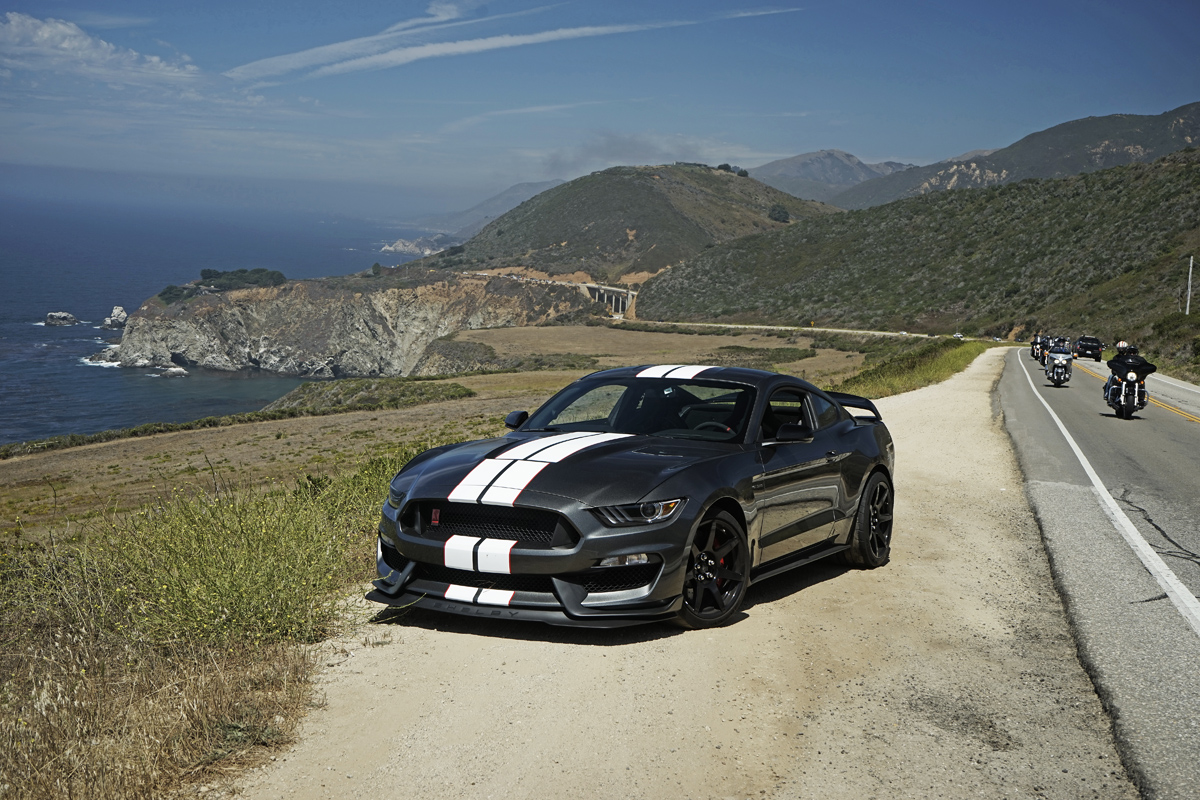Mysterious circumstances surrounding an early-morning crash of a Ferrari Enzo last week in Malibu, California has rekindled the debate about grey market cars. The Enzo, owned by Stefan Eriksson, was reduced to a pile of carbon and metal bits after striking a hydro pole at high speed on the Pacific Coast Highway. Eriksson emerged from the wreck with his life and a cut lip, but he’s been under fire from local authorities ever since.
For one, he claimed the Enzo was being driven by a mysterious German guest yet to be located. Witnesses of the crash told authorities they saw a drag race between the red Ferrari and a Mercedes-Benz SLR McLaren. It’s also believed the Italian supercar, one of two Enzos belonging to Eriksson, was brought into the U.S. through grey market channels, perhaps illegally. The fact the Bank of Scotland is looking to repossess the Enzo due to suspected fraudulent financing points to the latter.
“His story has inconsistencies that need to be cleared up,” said Sheriff’s Sergeant Phillip Brooks in a L.A. Times story last week. As for how the car came into the country and into the hands of Eriksson is also being investigated. “We have quite a few new leads on that,” said Brooks without elaborating.
Eriksson has some tough answers to give for his own sake, but the fact remains that the grey market for autos is a multi-billion dollar industry, with hundreds–if not thousands–of vehicles coming and going from the States daily. Although the grey market has existed for many decades and isn’t considered illegal in many cases, it’s still an area that’s shrouded in much mystique.
So, what is a grey market? Well, first off, it’s not limited to cars. Electronics, clothing, perfume and even wine can be found on the grey market. Whereas the black market is characterized by the trade of illegal or banned goods in any given country, the grey market is the unauthorized distribution and sale of goods to markets for which the manufacturer never intended their product(s) to be sold in.
The Better Business Bureau points out that grey market goods aren’t usually illegal, however, consumers purchasing from this market ought to be aware of several trade-offs, including invalid warranties, no customer support or foreign language instructions. BBB warns consumers to be wary of purchases made via mail order, through specialty and discount stores as well as some larger retailers.
Grey market autos pose an even bigger concern for all consumers because many foreign cars (including those which share the same base architecture) don’t comply with the federal laws and standards of the country they’re being resold in. Not only that, the vehicles could be victims of theft, VIN cloning, salvaging, odometer tampering, floods or other damages as well foreign liens that could lead to immediate seizure.
Almost always, grey market autos require modification(s) in order to comply with set emissions and safety standards. But, upgrading bumpers, exhausts, catalytic converters, lighting, speedo conversions and changing important labels on door jams and in the engine bay doesn’t guarantee it can be legally titled and licensed for use in that country. Proper importation procedures must be followed first.
Grey market autos must be imported through a registered importer (or through one who has a contract with such an importer) before any of the above can take place. Once in the country, the new owner has 120 days to bring the vehicle up to U.S. specifications (varies from country to country) so that organizations like the Environmental Protection Agency (CARB too), the U.S. Department of Transportation and U.S. Customs can approve and register one for sale and/or regular use. Quite often, this essential paperwork is lost, forged or overlooked to the end customer’s dismay, who might one day find themselves face-to-face with the police or repo man seizing the car without any prior notice.
Another unfortunate reality is that many of these vehicles are purchased through grey market channels by dealers (franchised, independent and private) for substantially less than a U.S. market equivalent. These cars from Europe, Asia and Canada are even spotted on eBay where they’re being offered at substantially lower prices than if they were to be purchased through authorized channels–sometimes as much as $30-40K less.
There have been numerous cases where grey market autos have been resold to unsuspecting customers thorough official channels in order to make huge profits. Even though many of these vehicles are brought up to standard before being resold, many more are improperly imported thus making them illegal to own and operate in the States. The fines for this practice, which is discouraged by the auto manufacturers, can be quite heavy.
Guidelines pertaining to gray market autos differ from place to place. Canadians are free to import grey market cars older than 15 years old without having to comply with any kind of conformity standards. Americans may be able to import grey market vehicles under an exemption granted by the EPA.
If your research is thorough and you go about it all properly and responsibly, it is possible to own a grey market auto “legally.” You might even get one for a fraction of the cost of your home market’s equivalent. This is what the auto makers don’t want you to know. That’s the beauty of a free market economy.
Some useful links if you’re interested in learning more about grey market vehicles:
U.S. Environmental Agency
U.S. Department of Commerce
National Highway Traffic Safety Administration
U.S. Custom & Border Protection
Finally, Canadians ought to check out this page on the Transport Canada website.
